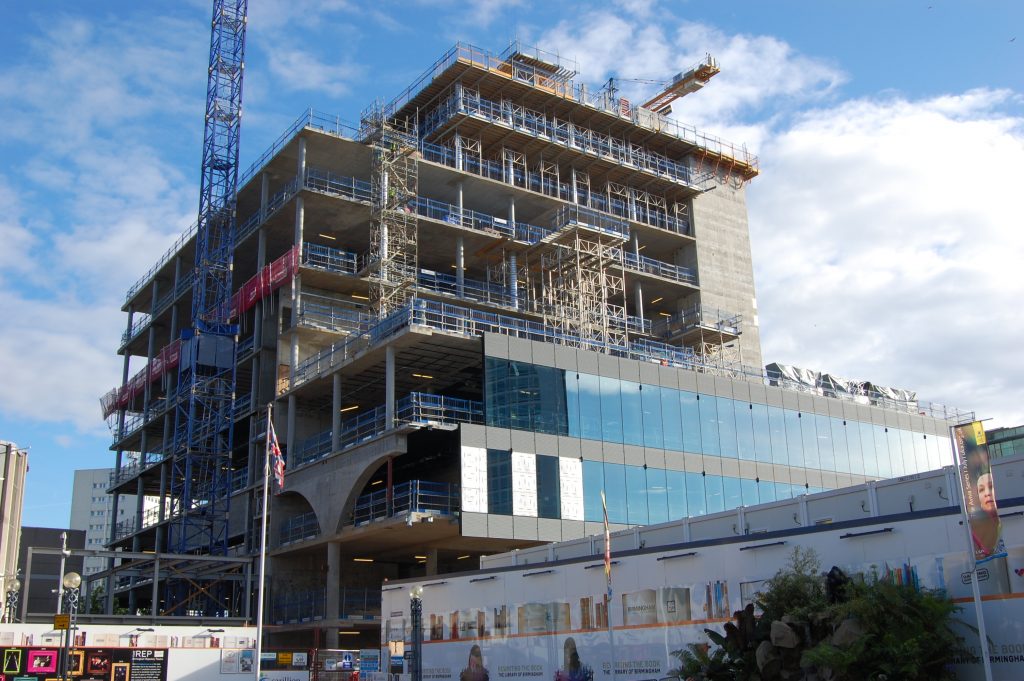Freyssinet first introduced post-tensioned concrete floor slabs in the UK in the early 1980s.
For nearly 40 years, Freyssinet has been at the forefront of post-tensioning technology, contributing to its acceptance as a standard technology and its consequent increase of utilisation in structures all over the world.
As a civil engineering specialist, Freyssinet offers an integrated service, from anchor and floor design to production and installation, utilising an in-house design team and experienced site managers and operatives.
Prestressing solutions
Prestressing by post-tensioning has become increasingly widespread in the building sector, as architects, developers and design offices utilise its benefits to design and construct buildings
Contemporary architectural trends favour large uninterrupted floor areas and flexible internal layouts that are easy to modify and move around in, while fundamentally being durable and functional. These multiple requirements can be met through prestressing by post-tensioning, which makes it possible to achieve large unobstructed spans with a minimum number of columns and reduced floor thickness.
Freyssinet prestressing systems can be used in floors, foundation slabs and building transfer structures. They are a cost-effective, reliable solution for optimising a wide range of structures, including:
- Residential buildings
- High rise office buildings
- Shopping centres
- Underground or above-ground car parks
- Hospitals
- Schools
- Industrial buildings
- Sports halls
- Docks
Freyssinet solutions for structural accessories
Freyssinet manufactures and supplies a wide range of structural accessories including:
- Bearings – designed to ensure that loads are transferred between the superstructure and its supports, and to enable movement and rotation.
- Expansion joints – or (movement joints) designed to enable continuous traffic between two structures and are necessary to accommodate structural movements.
- Earthquake protection devices – designed to reduce the transmission of inertial forces, such as between a deck and its piers during a seismic event.
These solutions offer numerous benefits to buildings, particularly with regards to installation and durability.
Case Studies
Royal Liverpool University Hospital

